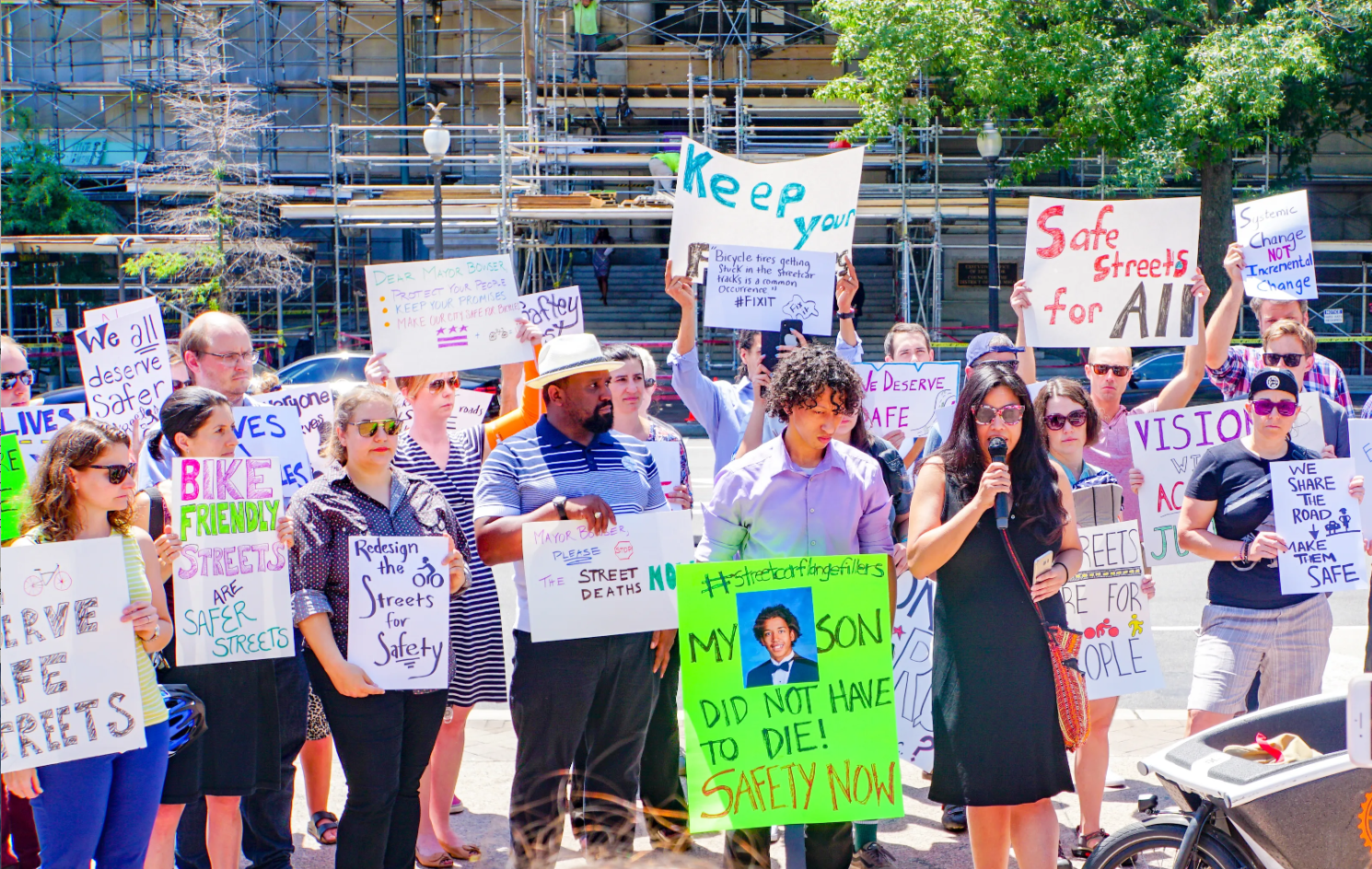The story so far: Ed Glaeser recently began an effort to assess the costs and benefits of constructing high-speed rail lines at the New York Times' Economix blog. Last week, he posted his first substantive take on the issue, an attempt to estimate direct costs and benefits from a hypothetical line between Houston and Dallas.
 Dallas' DART transit system. (Photo: Light Rail Now)
Dallas' DART transit system. (Photo: Light Rail Now)This effort was riddled with errors. First among them was the choice of route: a Dallas to Houston line that doesn't appear on the administration's plan for high-speed rail construction.
In this week's post he responds to that complaint by saying he picked a "mythical" 240-mile span between Dallas and Houston "to avoid giving the impression that this
back-of-the-envelope calculation represents a complete evaluation of
any actual proposed route" -- which should lead one to wonder exactly what he's doing here.
He's unwilling to put his figures on the line as representing a complete analysis, and yet he's fairly immodest in detailing his conclusions. He at least owes his readers an assessment of what is being left out, how important it is, and how its inclusion might alter his findings.
Glaeser's analysis assumes no population growth -- he bases ridership on current metropolitan populations -- and no shift in mode share over time, despite the fact that both Houston and Dallas have rates of transit ridership well below similar-sized cities (suggesting that with growth, transit's share will increase) and are rapidly constructing new systems to facilitate greater transit use.
If one adjusts anticipated ridership figures to correct for these errors, and if one uses a more realistic figure for the value of business traveler time, then benefits appear to come quite close to or exceed costs of construction.
Today, Glaeser seeks to estimate the environmental and congestion benefits of high-speed rail, and he quickly stumbles into error once again. Once more, he fails to take into account population growth, despite that variable's crucial importance to this analysis.
Instead, he assumes that rail will merely poach riders from the ranks of current drivers and fliers. Not only does this miss that in the coming decades millions of additional travelers will move to the area, but it also ignores the effect of population growth on congestion costs at highways and airports.
Houston and Dallas are among the most congested of the country's largest cities, and growth in annual delays per traveler in Houston and Dallas has dwarfed increases in delays in peer cities over the past decade, rising by about 50 percent between 1997 and 2007 compared to increases of around a third or less for the country's other large metropolitan areas.
Rapid population growth is overwhelming existing infrastructure between the two cities. Even if the rate of population growth slows, significant new capacity will have to be constructed to prevent major increases in congestion costs.
In that case, one must either update the environmental analysis to include significantly higher congestion costs for roads and airports, or one must set the emission costs of new road and airport construction and set the numbers for new capacity against the emission costs of rail. Or one can simply do as Glaeser does, and ignore the whole issue.
Glaeser makes more mistakes as he goes on. He appears to use the fuel efficiency for passenger cars -- 22 miles per gallon -- even though nearly half of the nation's households vehicle fleet consists of light trucks, which average only 18 miles per gallon.
And he writes, "These estimates suggest that trains are green, which differs from the
studies, which include the emissions from building the rail system,
cited by Eric Morris at Freakonomics," when Morris' blog post shows nothing of the sort, and when actual assessments of life-cycle emissions demonstrate that rail is, in fact, very green relative to applicable alternatives.
The small errors are annoying, but the real problem is the series itself. This is simply not a credible attempt to understand the costs and benefits associated with construction of a high-speed rail system. Rather, it's a bunch of hand-waving concealing the fact that extremely unrealistic assumptions are being used to reach what are presented as fairly definitive conclusions.
A well-intentioned analyst would approach this project with some humility, and would take pains to inform readers of the many shortcomings of what is an admittedly "back-of-the-envelope" assessment. But Glaeser can't honestly account for the factors he omits and still reasonably claim that rail construction isn't justified by the numbers.
And so we get this. Next week, the exercise mercifully concludes. Perhaps in his final installment Glaeser will do more to recognize the failings of his approach.





